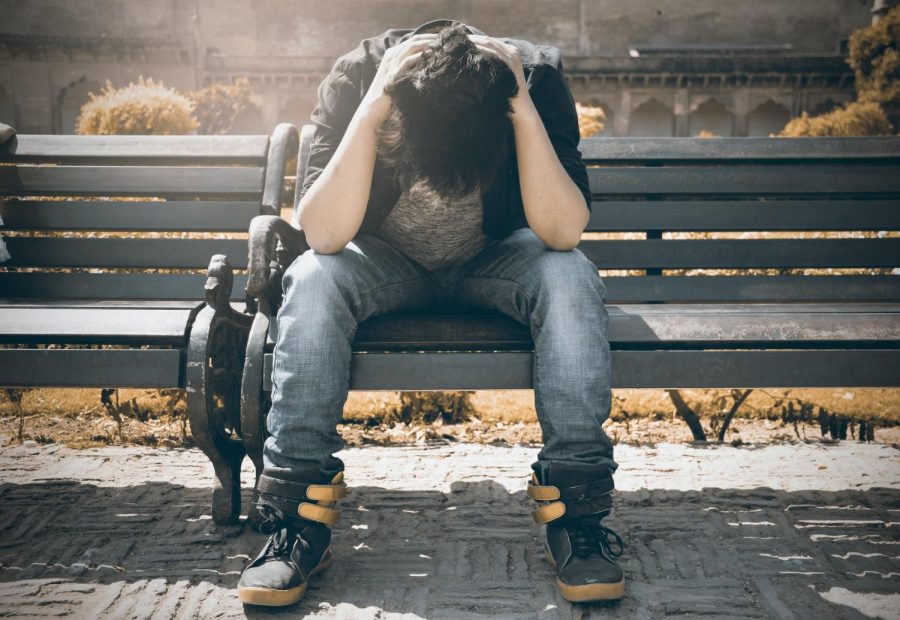You Are Not Alone
September was Suicide Prevention Month, but that doesn’t mean that awareness of suicide prevention should stop now that it’s October.
Mental health resources are available for you online, by phone, via text, and right here at school in the counseling office.
October 6, 2022
Suicide Numbers on the Rise:
Teenage years are often referred to as “the best years of your life.” If that is the case, why are some teens so miserable?
According to the Office of Population Affairs, about 49.5 percent of adolescents have suffered from a mental health disorder at some point in their lives.
Mental Health is the leading cause of suicide in our nation. A mental illness refers to a broad spectrum of mental health disorders. These disorders affect an individual’s thinking, behavior, and mood.
“Suicide is the second-leading cause of death among people age 15 to 24 in the U.S.,” according to the National Alliance on Mental Illness. (Note: according to TIME, the leading cause of death in 2020 was guns).
Nearly 20% of high school students report serious thoughts of suicide and 9% have attempted to take their own lives.
Among young adults aged 15–24 years old, the rate of death by suicide in 2019 was about 14 per 100,000 people — slightly higher than one suicide for every 10,000 people in this age group.”
Causes: Covid & Social Media
The Covid-19 pandemic increased mental health issues across the globe. According to the CDC, “During 2020, the proportion of mental health-related emergency department (ED) visits among adolescents aged 12–17 years increased 31% compared with that during 2019.”
Isolation contributed to teens’ feelings of hopelessness and depression. Additionally, Covid propagated new fears around losing a loved one to the virus.
Another cause for the spike in mental afflictions and suicidal tendencies resulted from the upsurge in social media use.
The average age of a child opening a social media account is 12 years old. New research shows that the more time a teenager spends on social media, the more vulnerable they are to experiencing symptoms of depression and anxiety.
According to a 2016 study by the Mayo Clinic, “More than 450 teens found that greater social media use, nighttime social media use, and emotional investment in social media — such as feeling upset when prevented from logging on — were each linked with worse sleep quality and higher levels of anxiety and depression.”

How to Help:
While these statistics may be frightening, hope lies within the fact that suicide is preventable.
James Greene, a counselor here at Broomfield High School, explained what to do if a student notices a change in behavior in a friend or classmate or is told of suicidal ideation:
- He encourages students to “contact a trusted adult, ideally maybe walking your friend down to the counseling office to get that support.”
- He said, “If the situation occurs outside of school, students can always use Safe To Tell.”
- However, students should “always call 911 if there is an immediate danger.”
The opportunity is in everybody’s hands to prevent suicide.
Before mental health reaches a point of no return, Greene said “to seek out support as soon as they can. If you have any type of anxiety, stress, and/or depression you can come down and talk to us [the counseling office], and if we’re not able to give you the specific support, we can refer you to places where you can get that support.”
Additional Resources:
National Suicide Prevention Lifeline, which individuals can now call or text the three-digit number: 988.
Colorado Crisis Services is “a statewide behavioral health crisis response system offering residents mental health, substance use or emotional crisis help, information, and referrals.”
I Matter Colorado: I Matter offers a short referral quiz that can connect you with local therapists for six free virtual counseling sessions.






